Welcome to the ever-evolving world of web design, where trends come and go like seasons. In the not-so-distant past, the mantra was “mobile-first,” ensuring your site looked slick on those pocket-sized screens. Minimalism was the cool kid in town, stripping away the excess for a sleeker look. Big, bold fonts stole the spotlight, while dark mode whispered, “I’m easier on the eyes.” Animations, illustrations, and 3D elements turned static web pages into interactive playgrounds. So, fasten your seatbelt as we take a joyride through the trends that shaped the digital landscape, promising a wild journey full of creativity and innovation.
- Mobile-First Design: Everybody’s on their phones, so websites should put mobile design first. Make sure it looks good on those tiny screens!
- Minimalism and Simplicity: Clean, straightforward designs. Less clutter, more sophisticated vibes (easy navigation and quick access to information).
- Bold Typography: Make a statement, literally! Large, bold typography helps to create a strong visual hierarchy and enhances the overall aesthetics of a website.
- Dark Mode: Night mode, dark mode, whatever you call it—it’s easier on the eyes and looks cool.
- Micro interactions: Little animations everywhere! Enhance user engagement and provide feedback. Buttons that wiggle, things that pop up when you scroll—just for fun.
- Illustrations and Custom Graphics: Custom illustrations and graphics makes websites feel personal.
- Video Backgrounds: Show, don’t tell! Using videos as backgrounds or incorporating video content on landing pages capture attention and convey information in a dynamic way.
- Scroll-triggered Animations: Who needs a boring static page? Animations triggered by scrolling guide users through the content and make the website more interactive and engaging.
- Asymmetry and Broken Grid Layouts: Breaking away from traditional grid layouts, asymmetrical designs are gaining popularity for creating unique and visually interesting websites – because who likes being boxed in?
- 3D Elements: Three-dimensional elements, whether through illustrations, graphics, or even product images, adds depth and realism, creating a more immersive user experience.
- Accessibility: Designing with accessibility in mind is critical, ensuring that websites are usable by people of all abilities and disabilities.
- Voice User Interface (VUI): Sites started chatting back! Incorporating voice user interfaces into websites became a consideration for some industries.
Remember, these trends are always changing, so keep your eyes peeled for the next big thing in web design!

